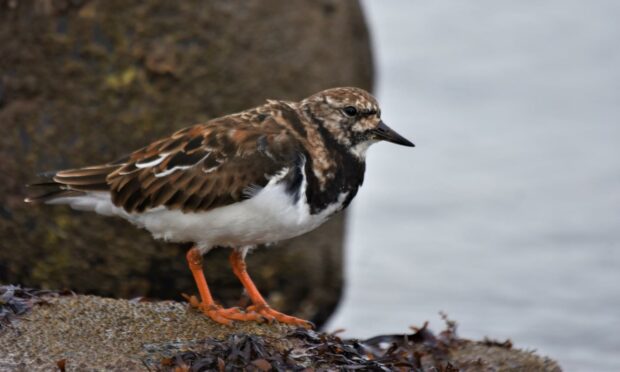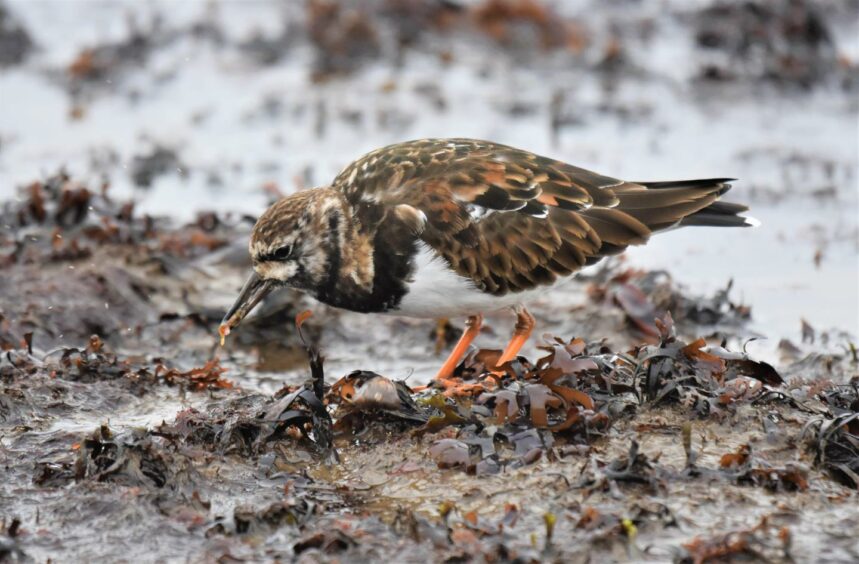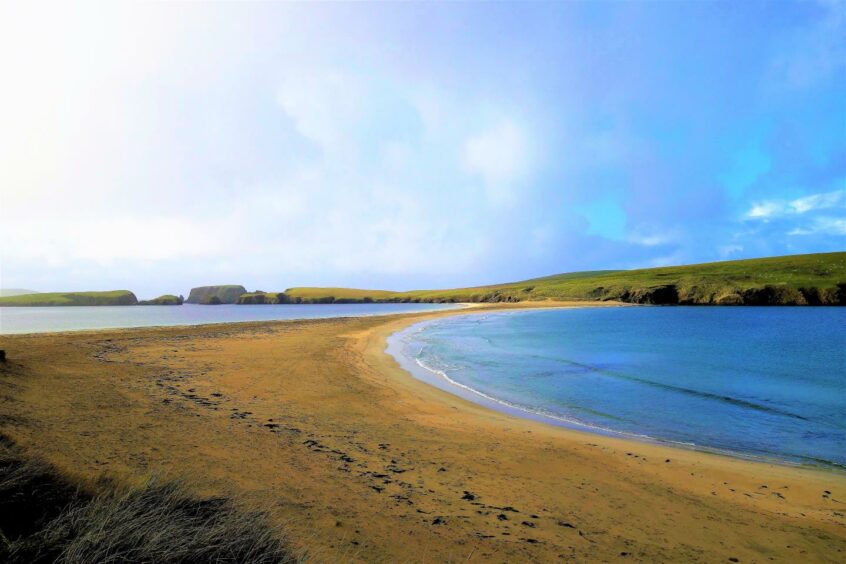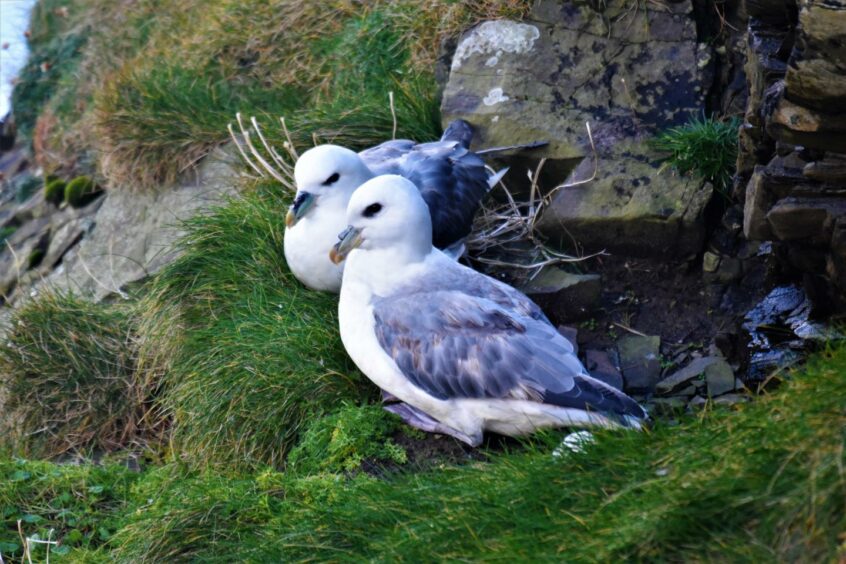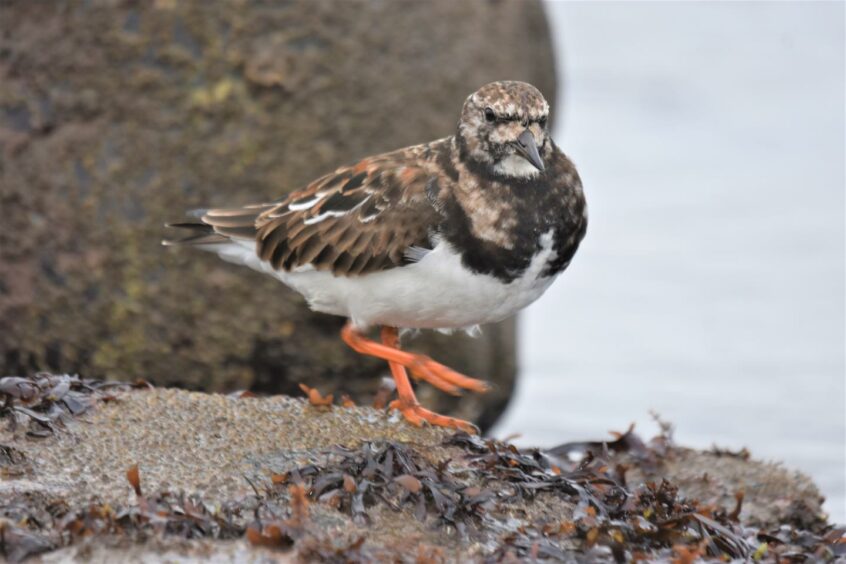The small group of turnstones busily probed a rocky corner of St Ninian’s Bay in Shetland, their short bills turning-over fronds of glistening seaweed and pebbles in search of shrimps and other small creatures sheltering beneath.
This is one of my favourite spots in Shetland with its sand causeway or tombolo connecting the south mainland to St Ninian’s Isle, a place steeped in history.
Turnstones are small wintering waders, which breed in Greenland, Canada, and northern Scandinavia, and they are always a joy to watch as they scurry around rocks on the foreshore.
Engrossed by their bustling activity, I watched them for a while until they took flight and curved away over the bay.
I ambled across the tombolo towards St Ninian’s Isle, stopping ever so often to scan the beach ahead, and as I did so, a small flock of ringed plovers spiralled into the air on sharp-edged wings before quickly settling again.
Ringed plovers are like little masked bandits, with their attractive black and white head patterning, but they are skittish birds and always hard to approach close.
Ringed plovers do well in Shetland because there are many remote beaches for them to nest-on, unlike on the Scottish mainland, where breeding is more challenging because of disturbance by people and their dogs.
St Ninian’s Isle
I skirted round the southern edge of St Ninian’s Isle and sat on a grassy knoll by a cliff-top, looking over to a couple of nearby rocky islets.
On their cliff faces, large numbers of fulmars had congregated, huddled on ledges and many sitting together as pairs.
According to bird reference books, fulmars have an oceanic existence in autumn and winter.
However, contrary to the perceived wisdom, here in November in Shetland, it seemed that they were already gathering on their nesting ledges, strengthening pair bonds with their partners in preparation for breeding next spring.
On reflection, I suppose Shetland is part and parcel of the open ocean, with its myriad scatter of islands just a small geographical interruption upon the vastness of the surrounding sea.
Indeed, there is no part of Shetland that is more than 5km from the sea, such is the all-empowering embrace of the ocean.
This means that if one side of the islands are stormy and exposed, it is possible to quickly venture to the other side, where the seas are calmer and more benign.
Limited time
My time on Shetland was limited, so I reluctantly departed from my panoramic perch on St Ninian’s Isle and ventured to the nearby Loch of Spiggie, which was once a sea inlet, but then cut-off from the ocean when sand dunes formed, creating a nutrient-rich loch.
Out on the water large numbers of whooper swans had gathered, newly arrived from their Icelandic breeding grounds.
Whoopers have a grace and elegance that takes the breath away, and against the steely grey water of the loch, their gleaming plumage shone out like wondrous beacons.
These swans embodied the very heart and soul of Shetland – wildness and beauty wrapped in a cloak of perfection.
